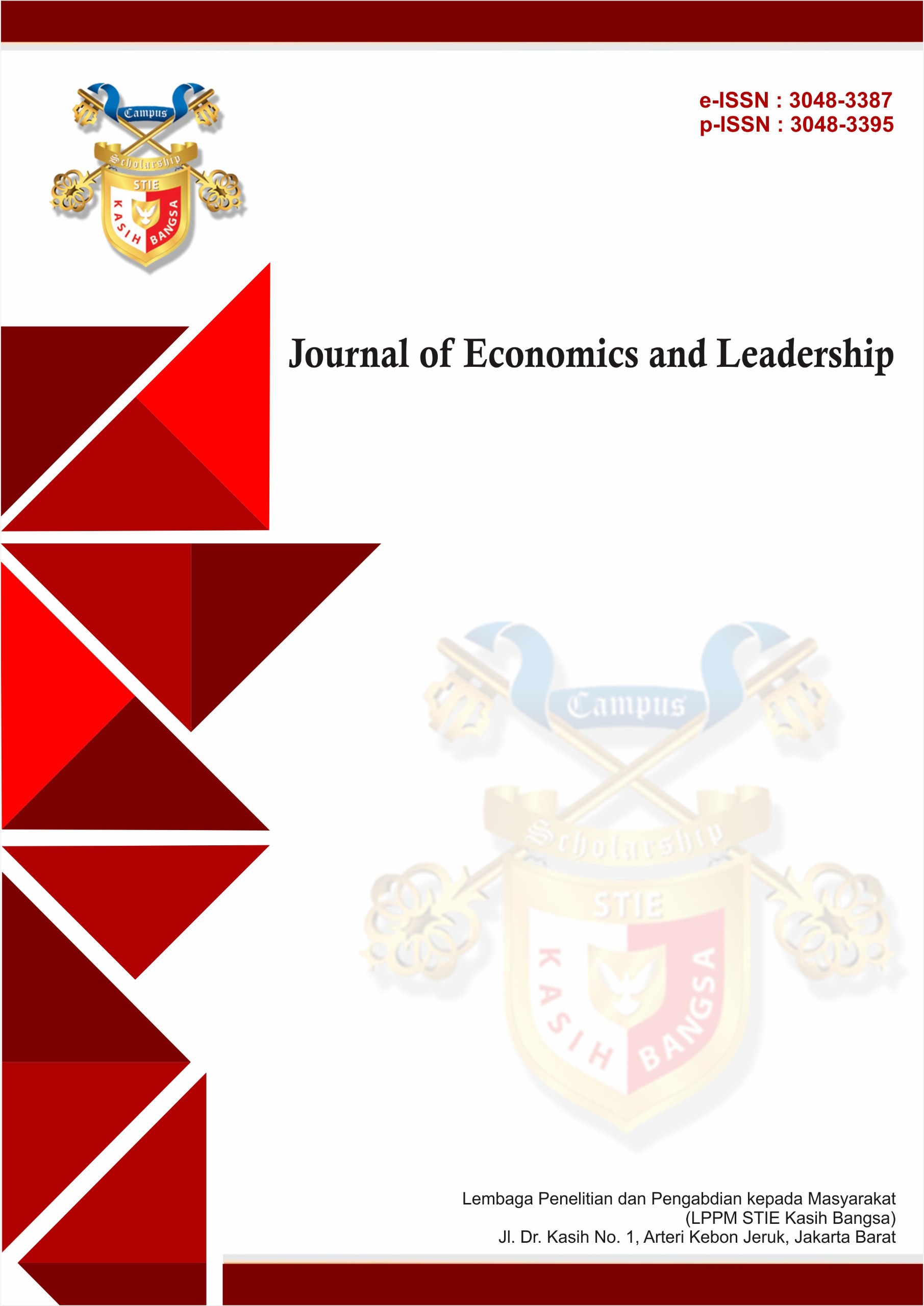Exploring Cross-Cultural Management Practices in Global Organizations: A Qualitative Study
DOI:
https://doi.org/10.70142/jbl.v1i1.2Keywords:
Cross-cultural management, Global organizations, Qualitative studyAbstract
This qualitative study aims to investigate cross-cultural management practices within global organizations. The research seeks to understand the dynamics of cultural diversity in management and its impact on organizational effectiveness. Employing a qualitative research model, data was collected through semi-structured interviews with managers and employees from diverse cultural backgrounds within multinational corporations. Sampling techniques involved purposive sampling to ensure representation across cultures. Data analysis utilized thematic analysis, identifying patterns and themes within the interviews. The study found that effective cross-cultural management involves embracing diversity, fostering intercultural communication, and implementing flexible strategies tailored to specific cultural contexts. These findings underscore the importance of cultural sensitivity and adaptability in enhancing organizational performance and fostering a harmonious work environment in global settings.
References
Adler, N. J. (1997). International dimensions of organizational behavior. South-Western College Publishing.
Bhawuk, D. P., & Brislin, R. W. (2000). Cross-cultural training: A review. Applied psychology: An international review, 49(1), 162-191.
Cox, T. (1994). Cultural diversity in organizations: Theory, research, and practice. Berrett-Koehler Publishers.
Cox, T. H., & Blake, S. (1991). Managing cultural diversity: Implications for organizational competitiveness. The executive, 5(3), 45-56.
Earley, P. C., & Ang, S. (2003). Cultural intelligence: Individual interactions across cultures. Stanford University Press.
Gelfand, M. J., Erez, M., & Aycan, Z. (2007). Cross-cultural organizational behavior. Annual review of psychology, 58, 479-514.
Gudykunst, W. B., & Mody, B. (2002). Handbook of international and intercultural communication. Sage.
Harrison, D. A., & Klein, K. J. (2007). What's the difference? Diversity constructs as separation, variety, or disparity in organizations. Academy of management review, 32(4), 1199-1228.
Janssens, M., & Brett, J. M. (2006). Cultural intelligence in global teams: A fusion model of collaboration. Group & Organization Management, 31(1), 124-153.
Thomas, D. C., & Inkson, K. (2009). Cultural intelligence: Living and working globally. Berrett-Koehler Publishers.
Watson, W. E., Kumar, K., & Michaelsen, L. K. (2009). Cultural diversity's impact on interaction process and performance: Comparing homogeneous and diverse task groups. Academy of Management Journal, 52(3), 590-609.















